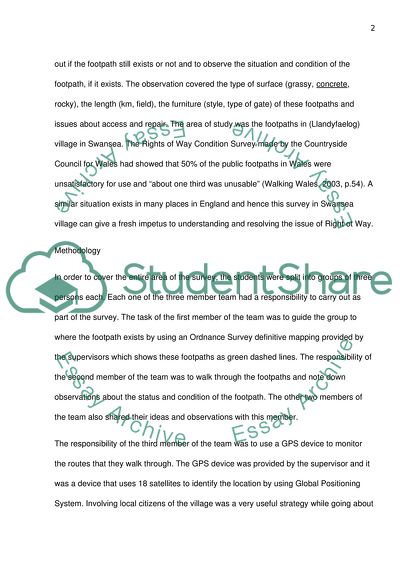Cite this document
(Public Footpaths Value Coursework Example | Topics and Well Written Essays - 1500 words, n.d.)
Public Footpaths Value Coursework Example | Topics and Well Written Essays - 1500 words. https://studentshare.org/tourism/1737304-footpath
Public Footpaths Value Coursework Example | Topics and Well Written Essays - 1500 words. https://studentshare.org/tourism/1737304-footpath
(Public Footpaths Value Coursework Example | Topics and Well Written Essays - 1500 Words)
Public Footpaths Value Coursework Example | Topics and Well Written Essays - 1500 Words. https://studentshare.org/tourism/1737304-footpath.
Public Footpaths Value Coursework Example | Topics and Well Written Essays - 1500 Words. https://studentshare.org/tourism/1737304-footpath.
“Public Footpaths Value Coursework Example | Topics and Well Written Essays - 1500 Words”. https://studentshare.org/tourism/1737304-footpath.


